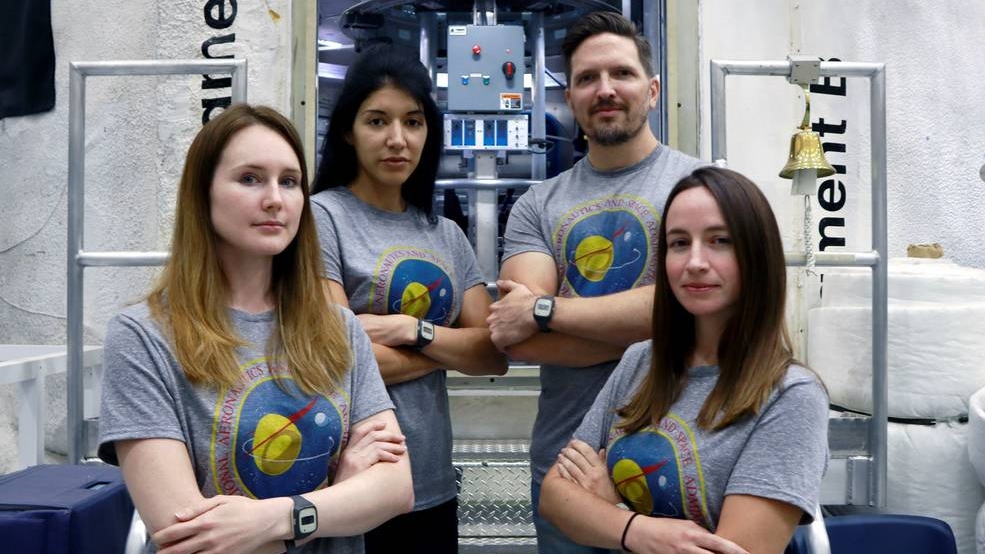Could you spend 45 days in the habitat below together with three other people and no possibility of leaving?
For the next 45 days that will be a reality for four crew members who are participating in a simulated mission to Phobos, a Martian Moon.
The mission starts today, 1st October, and will take place in the Human Exploration Research Analog (HERA) located at the NASA Johnson Space Center in Houston, Texas. This is the first mission of Campaign 6 in the long running HERA mission, the first Campaign lasted just seven days but the sixth campaign has been preceded by two other 45 day missions.
The crew will need to remain inside the habitat for 45 days until the mission ends on 15th November. While the focus is on the effect isolation has on the crew NASA says that it will simulate communication delays as the crew “approaches” Phobos.
“When the simulation successfully brings the crew to Phobos, this delay will last up to five minutes each way. Such delays will force the crew — and those coordinating their journey — to practice communicating in ways that minimize impacts to mission operations, and allow the crew sufficient autonomy to accomplish the mission,” explains NASA.
With NASA having conducted several missions to Mars one would think it would be used to this delay and while that is true, it is only true to an extent. As regards uncrewed missions to Mars, a lot of the action is autonomous down to the landing of rovers and flying of aerial vehicles. If something goes wrong, NASA only knows roughly seven minutes after it happened so being able to communicate effectively with a delay is vital for crewed missions.
The HERA mission won’t just be about getting along with three other crew mates though. As many as 15 studies will be conducted throughout the mission in order to prepare humans for Artemis missions to the Moon and long-duration missions to Mars.
The primary crew for this mission includes:
- Dr Lauren Cornell
- Monique Garcia
- Christopher Roberts
- Madelyne Willis.
The backup crew includes:
- Justin Lawrence
- Pu Wang.
The three-story habitat is designed to simulate the remote conditions and isolation that exploration scenarios present. The mission will test a variety of hazards including the aforementioned communication delay given the distance from Earth, light and dark cycles as well as isolation.
So while the crew may not be going to space, the insights they will provide should prove incredibly valuable for future exploration.
[Image – NASA]


